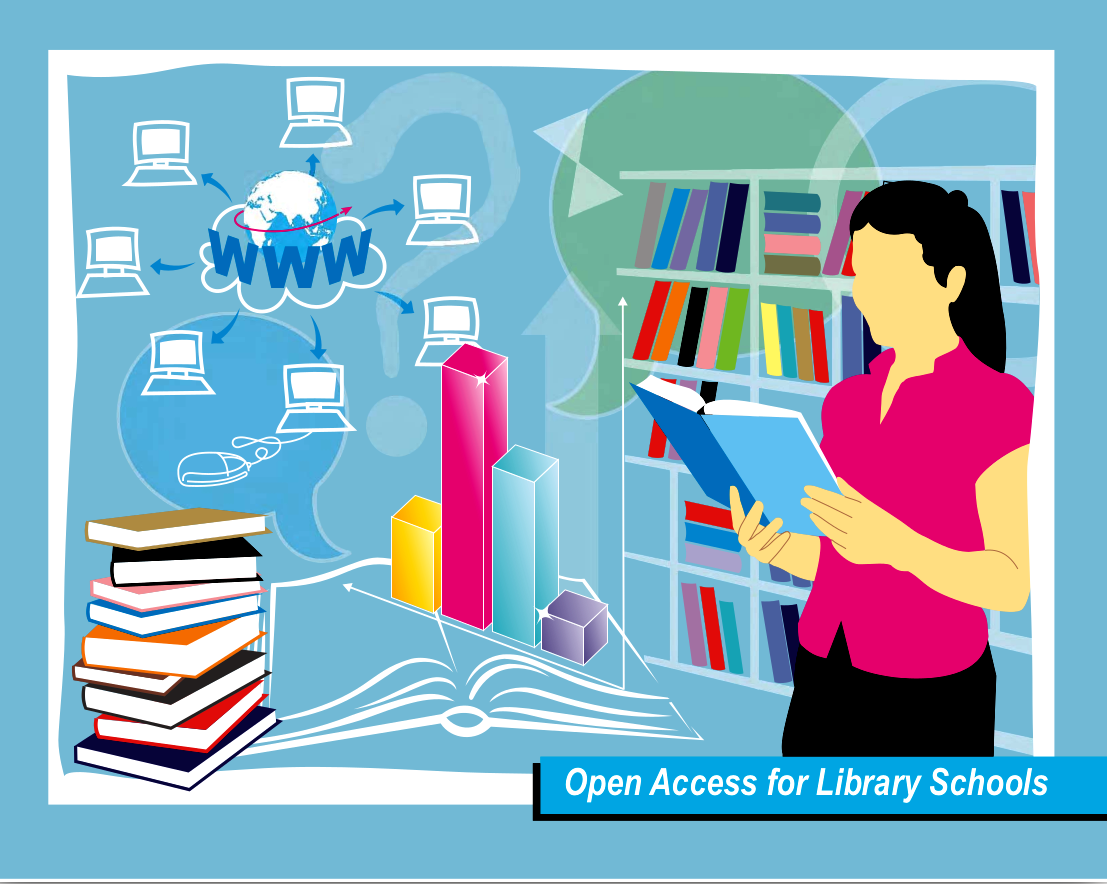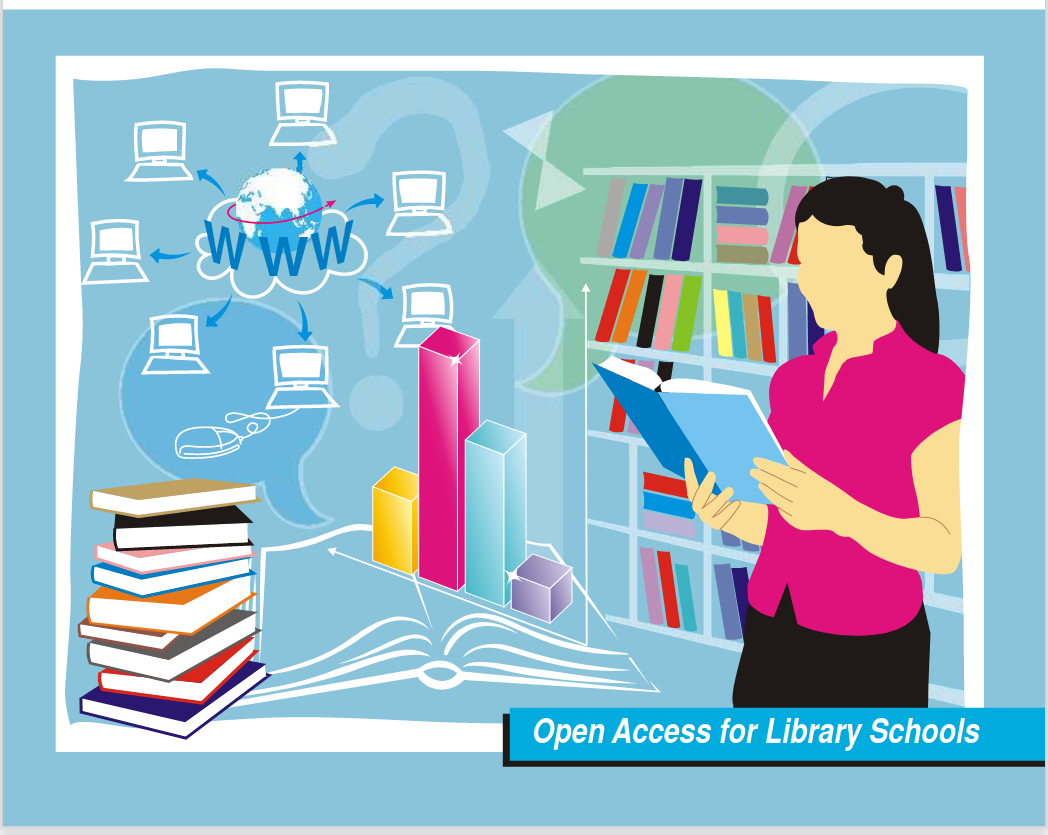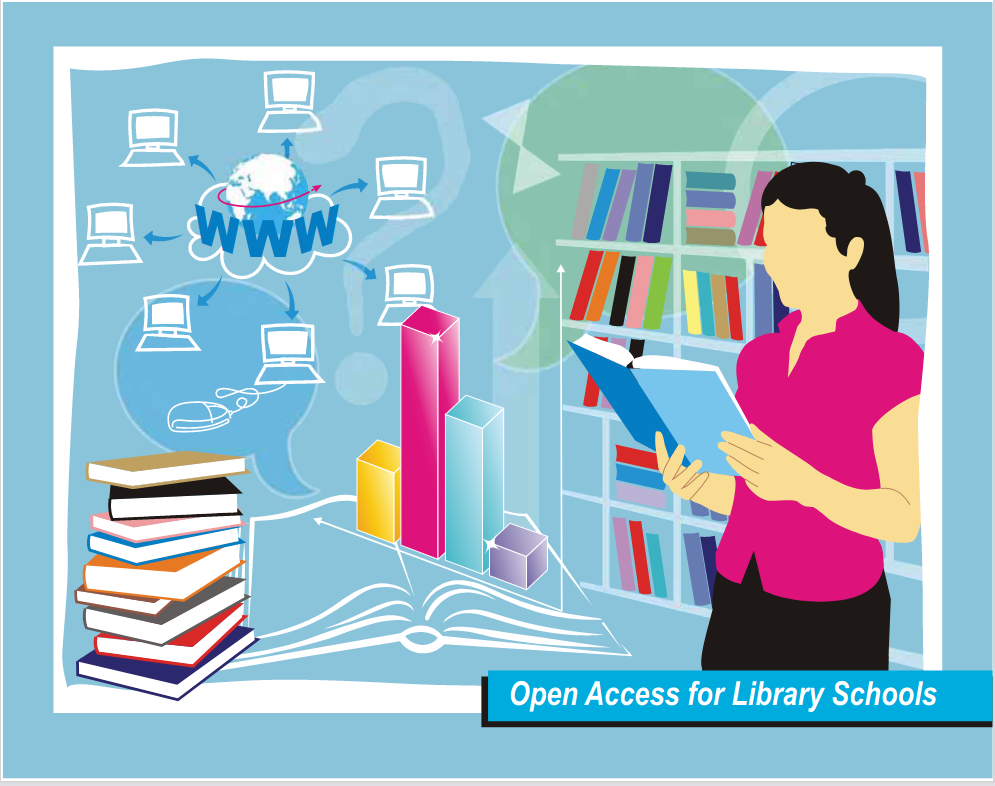Progress of every profession, academic discipline and society at large rides on the back of research and development. Research generates new information and knowledge. It is a standardized process of identifying problem, collecting data or evidence, tabulating data and its analysis, drawing inference and establishing new facts in the form of information. Information has its life cycle: conception, generation, communication, evaluation and validation, use, impact and lastly a fuel for new ideas. Research results are published in journals, conference proceedings, monographs, dissertations, reports, and now the web provides many a new forum for its communication. Since their origin in the 17 th century, the journals have remained very popular and important channels for dissemination of new ideas and research. Journals have become inseparable organ of scholarship and research communication, and are a huge and wide industry. Their proliferation (with high mortality rate), high cost of production, cumbersome distribution, waiting time for authors to get published, and then more time in getting listed in indexing services, increasing subscription rates, and lastly archiving of back volumes have led to a serious problem known as “Serials Crisis”. The ICT, especially the internet and the WWW, descended from the cyber space to solve all these problems over night in the new avatar of e-journals. Their inherent features and versatility have made them immensely popular. Then in the beginning of the 21 st century emerged the Open Access (OA) movement with the Budapest Open Access Initiative (BOAI). Philosophy of open access is to provide free of charge and unhindered access to research and its publications without copyright restrictions. The movement got support from great scientists, educationists, publishers, research institutions, professional associations and library organizations. The other OA declarations at Berlin and Bethesda put it on strong footings. Its philosophy is: research funded by tax payers should be available free of charge to tax payers. Research being a public good should be available to all irrespective of their paying capacity. The OA has many forms of access and usage varying from total freedom from paying any charges, full permission to copy, download, print, distribute, archive, translate and even change format to its usage with varying restrictions.
In the beginning, OA publications were doubted for their authenticity and quality: established authors and researchers shied away both from contributing to and citing from OA literature. But Committee on Publication Ethics (COPE, 1997) and its code of conduct formulated in collaboration with DOAJ and OASPA, etc. have stemmed the rot. They have defined best practices and compiled principles of transparency for quality control to sift the grain from the chaff; to keep the fraudulent at bay. Now it is accepted that contributors to OA get increased visibility, global presence, increased accessibility, increased collaboration, increased impact both in citations and applications, and lastly instant feedback, comments and critical reflections. This movement has got roots due to its systematic advocacy campaign. Since 2008 every year 21-27 October is celebrated as the OA week throughout the world. There are many organizations which advocate OA through social media and provide guidance for others.
Open Access research literature has not only made new ideas easy and quick to disseminate, but the impact of research can be quantitatively gauged by various bibliometric, scientometric and webometric methods such as h-index, i-10 index, etc. to measure the scientific productivity, its flow, speed and lastly its concrete influence on individuals, and on the progress of a discipline. The OA movement is gaining momentum every day, thanks to technology, organizational efforts for quality control and its measureable impact on productivity and further research. It needs to be strengthened with participation of every researcher, scientist, educationist and librarian. This module covers five units, covering these issues.
At the end of this module, you are expected to be able to:
- Define scholarly communication and open access, and promote and differentiate between the various forms of Open Access;
- Explain issues related to rights management, incl. copyright, copy-left, authors’ rights and related intellectual property rights;
- Demonstrate the impact of Open Access within a scholarly communication environment.

Open access means free and unhindered access to scholarly research and other publications by anyone who has access to the Internet. An initiative of the 21st century (Budapest Open Access Initiative (BOAI)) open access is taken as an economic model made possible by the global information networks. But its antecedents can easily be seen in the print era. Many missions, both diplomatic and religious, NGOs concerned with social welfare, environmental protection and some political/ideological groups not only distribute their publications free of cost, including periodicals, but also encourage readers to copy, distribute or republish the matter without permission only by acknowledging the author and the source. But its e-avatar focuses on research and academic literature which is a consequence of needs of new economic models of research mostly funded by Government or its agencies. Though the number of research journals has increased constantly but the libraries have always reeled under the budget cuts. Price of journals and other research publications increased manifold due to increase in production cost and high profit margins of publishers. For scholars, academicians and research institutions it seemed an exploitation of sort by profiteer publishers to get the raw material ( research output) free of cost, even by charging fee from the authors/researchers in the form of per page charges, and then to sell the same processed material in the form of publications at high prices. The underlying philosophy of OAI is that research benefits the entire humanity and should be available to all irrespective of their paying capacity. That is the only way to promote access to knowledge and its benefits to the society at large: public funded research should be freely available to public. Hence, the movement, aided by the information technology, got the momentum. Initially the authors were wary of submitting their research to e- journals and treated them as impermanent and out of the main stream channels. They even doubted their quality and standards. Easy and inexpensive technology, availability of open source software and standards to launch e-journals tempted many unscrupulous and incompetent publishers and editors to enter the fray with the sole motive of making money. They had their way, but spoiled the credibility of the movement. To check such malpractices some publishers, organisations and editors have come together to frame guidelines for transparency and quality control in open access e-journals which have come to stay. Indeed open access e-journals have numerous advantages and better features. OA is not restricted to e-journals only. OA institutional repositories, e-books, education resources, open data, open software and standards, etc. are also part of this movement for which there is no looking back. Institutional repositories, may be subject, institution or form based, have many instant and long term benefits. Launching an e-journal or knowledge repository is a project which needs meticulous planning in terms of its need, scope, technology standard, administration, legal issues, finances marketing and sustainability.
This module deals with open access resources of all types, their definition, nature, features, planning, executing, choosing appropriate technical standards and following set procedures and later maintenance for all parties involved i.e. host, sponsors, users and prospective content creators. Emphasis is on e -journals and e-repositories and of course emerging trends in the open access movement.

The concept of open access got momentum since 2000 due to growth in number of scholarly communication, particularly journals, increase in the cost of journals , shrinking budget of libraries and other problems on one hand and the need to access scholarly communications particularly the research out put of public funded research on the other. The access to scholarly communications particularly the journals has been of much concern for a long time. The open access concept which is a philosophy to achieve the goal of accessing and making available the digital material free of charge which may or may not be free from copyright and licensing restrictions arose out of this necessity. You have been introduced with the concept of open access and open access infrastructure in the previous modules wherein the concepts of scholarly communications, open access and its various forms, issues related with rights management, impact of open access in scholarly communications and technical and management issues have been discussed in the different units of Modules 1 and 2. This module focuses on resource optimization in general that aims to discuss how the open access environment can be promoted and how the collection development may be facilitated by integrating open access resources with institutional and library resources. At the end of this module, the learner is expected to be able to foster an enabling environment for Open Access, and facilitate collection development by integrating library services.

Retrieving information is the prime concern of any information storage and retrieval system. .All the activities of information storage and retrieval systems and the components within it are organized and developed keeping in view the envisaged retrieval features of the system -- whether it is traditional resources or web enabled information resources. In the context of web-enabled information retrieval, interoperability between one system to other offers great advantages to the users for obvious reasons. The interoperability demands adherence to standards and compatibility in the resource organization and retrieval features of the information resource systems. In the context of web-enabled information system, content development is the prime activity which encompasses resource description, incorporation of retrieval features etc. for retrieving information and development of various services including push services. This module focuses on interoperability issues, resource description and also the information retrieval in the context of open access resources. The objective is to help you understand interoperability issues, perpetual access, importance of standards, and the integration of different products in building institutional repositories and also various retrieval features that is available which can be considered for development of IR system for open access resources.

